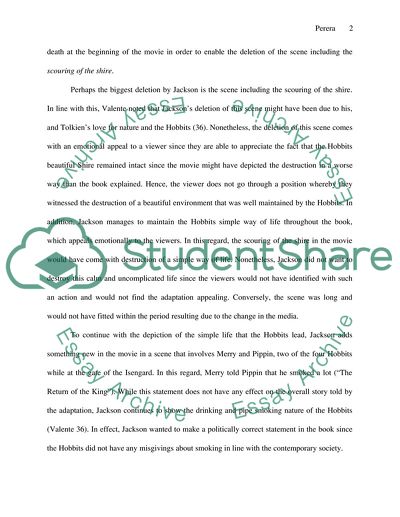Cite this document
(“Middle Earth, from the Novel to the Silver Screen Research Paper”, n.d.)
Middle Earth, from the Novel to the Silver Screen Research Paper. Retrieved from https://studentshare.org/literature/1609622-middle-earth-from-the-novel-to-the-silver-screen
Middle Earth, from the Novel to the Silver Screen Research Paper. Retrieved from https://studentshare.org/literature/1609622-middle-earth-from-the-novel-to-the-silver-screen
(Middle Earth, from the Novel to the Silver Screen Research Paper)
Middle Earth, from the Novel to the Silver Screen Research Paper. https://studentshare.org/literature/1609622-middle-earth-from-the-novel-to-the-silver-screen.
Middle Earth, from the Novel to the Silver Screen Research Paper. https://studentshare.org/literature/1609622-middle-earth-from-the-novel-to-the-silver-screen.
“Middle Earth, from the Novel to the Silver Screen Research Paper”, n.d. https://studentshare.org/literature/1609622-middle-earth-from-the-novel-to-the-silver-screen.


